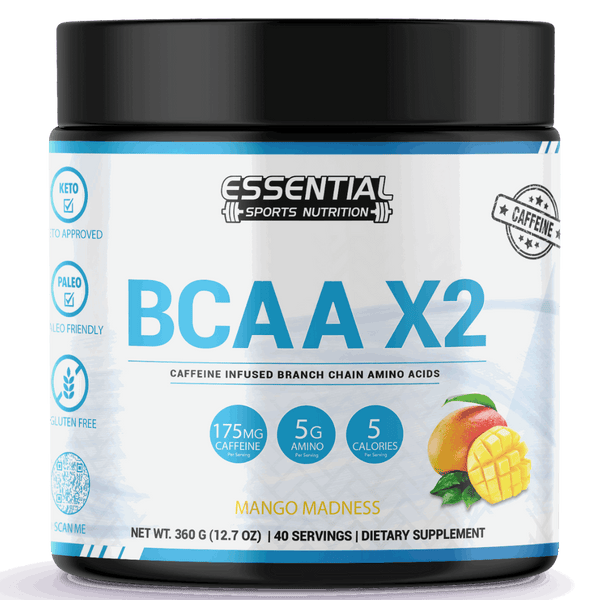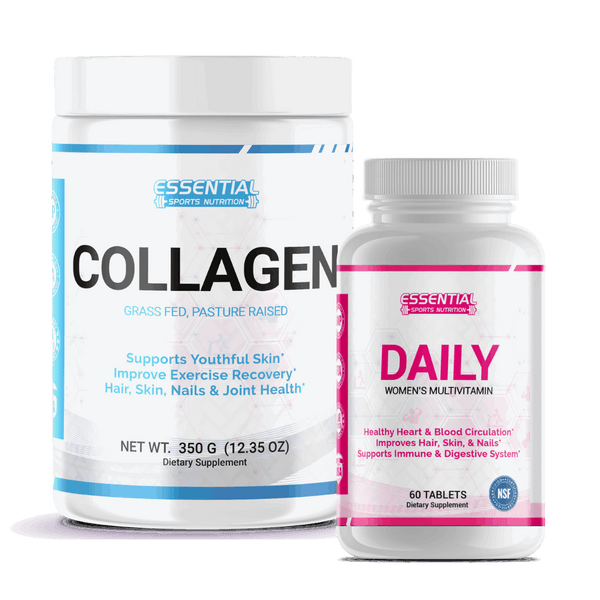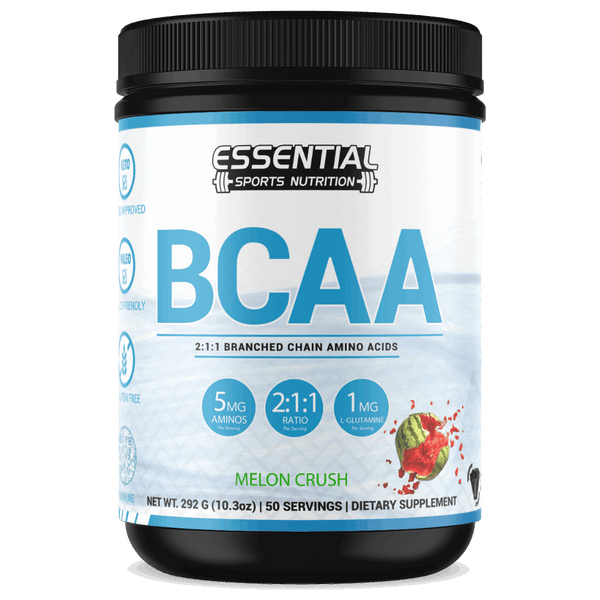The DASH Diet and Weight Loss: Meal Plans to Lower Blood Pressure
If you're trying to lose weight, it can feel like a never-ending battle. With so many diets out there, picking the right one for your body and lifestyle is tough. The DASH diet might be the game-changer you need.
This eating plan focuses on whole foods like vegetables, fruits, and grains. It's not just about cutting back — it's about filling up on the good stuff.
Did you know? The DASH diet was initially created to fight high blood pressure, but it has also shown great results for weight loss. Our guide will walk you through everything from what to eat and avoid to a sample meal plan that could help kickstart your weight loss journey.
Keep reading to find out why the DASH diet could be your new best friend in achieving your health goals.
Key Takeaways
- The DASH diet focuses on eating lots of vegetables, fruits, whole grains, and lean proteins while limiting salt, fat, and sugar to help with weight loss.
- Drinking plenty of water and staying active with exercises like walking or swimming enhances the DASH diet's effectiveness for losing weight.
- You can eat foods from all food groups, including low-fat dairy products and various protein sources like chicken, fish, beans, nuts, and seeds on the DASH diet.
- Making healthy swaps, such as choosing skim milk over full-fat dairy products, helps reduce calorie intake without sacrificing nutrition.
Understanding the DASH Diet

The DASH diet stands for Dietary Approaches to Stop Hypertension. It promotes eating vegetables, fruits, whole grains, and lean meats. This diet includes fat-free or low-fat dairy products, fish, poultry, beans, and nuts.
Its main goal is to lower blood pressure and support a heart-healthy lifestyle.
Following the DASH diet means limiting foods high in saturated fats and sugar. It focuses on nutrient-rich options that can help with weight loss and cholesterol management. The plan is flexible and balanced, making it easier to stay long-term.
According to research, it's not just about lowering blood pressure but also improving overall health by helping individuals lose weight sustainably.
How the DASH Diet Works for Weight Loss and Lowering Your Blood Pressure
Cutting back on sodium, red meat, and fatty or processed foods is key in the DASH diet. This change helps you drop unwanted pounds. Eating more potassium, calcium, and magnesium-packed foods like vegetables, fruits, and whole grains supports weight loss.
These nutrients are vital for boosting metabolism, which burns calories faster.
This diet reduces salt intake significantly which not only lowers blood pressure but can also help in shedding extra weight. Including plenty of water instead of sugary drinks keeps you hydrated without adding calories.
Lean proteins from chicken, fish, and legumes keep you feeling full longer, preventing overeating. Lastly, focusing on whole foods over processed items cuts down on unnecessary fats and sugars, leading to a healthier weight.
Eating Plan to Follow the DASH Diet
The DASH Diet encourages eating a variety of nutritious foods to promote heart health and weight loss.

Whole Grains
Whole grains play a crucial role in the DASH diet. Foods like brown rice, quinoa, and whole-wheat bread are packed with minerals such as potassium, calcium, and magnesium. These nutrients help manage blood pressure and promote heart health.
Opting for whole grains over refined ones is essential for those following the DASH eating plan.
Incorporating oats, buckwheat, and other unprocessed grains into meals boosts intake of fiber and other valuable components necessary for weight loss and overall well-being. These foods not only support maintaining healthy blood pressure levels but also contribute to feeling fuller longer, aiding in weight management efforts.
Vegetables
Vegetables play a crucial role in the DASH diet, offering vitamins, minerals, and fiber while being low in calories. Eating a variety of vegetables like spinach, carrots, and broccoli helps fill you up without adding extra weight.
The diet allows all types of vegetables, encouraging at least four to five servings per day for maximum health benefits. Each serving can be 1 cup of raw leafy greens or 1/2 cup of cooked veggies.
Including more vegetables in your meals enhances heart health by reducing blood pressure and improving insulin sensitivity. They are essential for anyone looking to lose weight or maintain a healthy lifestyle on the DASH diet.
Cooking methods such as steaming or grilling preserve their nutritional content and flavor without needing added fats or salt.
Fruits
Eating fruits plays a key role in the DASH diet, aiming for 2-3 servings daily within a 2000 calorie plan. Apples, pears, peaches, and berries are excellent choices. These fruits boost heart health and aid in weight loss.
They provide essential nutrients without adding unhealthy fats or added sugars to your diet.
Choose fresh or frozen fruits over canned varieties high in added sugar. Incorporate these into meals or enjoy them as snacks. Mixing different types ensures you get a variety of vitamins and minerals.
This strategy supports healthy eating by satisfying sweet cravings with natural sugars, benefiting overall wellness and weight management efforts.
Dairy Products: Low-fat or fat-free
Choose low-fat or fat-free dairy products as advised by the DASH diet. These options include skim milk, low-fat cheese, and yogurt. They help you meet your daily nutritional needs without adding extra fat to your diet.
Consuming 2 to 3 servings of these dairy products every day supports a healthy eating plan.
Low-fat and fat-free dairy items are essential for maintaining heart health and managing weight. They provide calcium, protein, and other vital nutrients with fewer calories than their full-fat counterparts.
Including these products in your meals can also aid in lowering blood pressure and improving overall cardiovascular health.
Lean Chicken, Meat and Fish
Lean chicken, meat, and fish are essential parts of the DASH diet. They offer proteins, B vitamins, zinc, and other nutrients important for a heart-healthy eating pattern. The DASH diet recommends six or fewer servings daily.
Each serving should be 1 ounce of cooked lean meat, skinless poultry, or fish.
Including these foods helps support weight loss and overall health. It's key to limit servings to no more than six 1-ounce portions per day to stay within the diet's guidelines. This approach helps maintain a well-balanced diet while ensuring your body gets enough protein and essential nutrients without excessive fat intake.
Nuts, Seeds and Legumes
Nuts, seeds, and legumes hold a special place in the DASH diet, recognized for their role in healthy weight loss. The diet advises including 4-5 servings of these foods per week. Each serving packs essential nutrients that benefit heart health and help in managing weight.
For example, almonds, peanuts, and walnuts are rich in healthy fats that can lower cholesterol levels. Similarly, flaxseeds and chia seeds provide fiber that aids digestion.
Beans play a significant part too; they're a great source of protein without the high fat or calories found in some meats. Including beans like kidney beans or black beans in meals adds volume and can make you feel fuller longer while still keeping calorie intake low.
These plant-based proteins also support muscle maintenance during weight loss efforts. Eating a variety of nuts, seeds, and legumes ensures you get ample nutrients to support your overall health while following the DASH diet guidelines.
What to Avoid on the DASH Diet Plan
Stay away from foods high in salt, fat, and added sugars. These can hinder your progress on the DASH diet.

High Salt Foods
Cutting back on high salt foods is crucial for following the DASH diet. These include canned soups, frozen dinners, and processed snacks like crisps. Salt drives up blood pressure, putting extra strain on the heart muscle.
It's important to read labels carefully to avoid foods loaded with sodium.
Choose fresh or frozen vegetables over canned ones that often contain added salt. Opt for meats and fish without added brines or seasonings high in sodium. Making these swaps helps lower blood pressure and supports heart health according to the DASH diet guidelines.
High Fat Foods
High fat foods, like fatty meats and full-fat dairy products, need limits on the DASH diet. These items are high in unhealthy fats that can hinder weight loss and affect heart health.
The DASH diet suggests choosing low-fat or fat-free dairy options instead. Lean proteins, such as fish and poultry, provide healthier alternatives without sacrificing taste or nutrition.
Foods cooked with large amounts of butter, margarine, or oils also fall into this category to avoid. Instead of frying food in oil or spreading butter on bread, try using olive oil in moderation for cooking and preparing meals.
Olive oil is a healthy fat that enhances flavor while fitting within the DASH diet guidelines. This approach reduces total fat intake to about 27 percent of daily calories and keeps saturated fats to 6 percent or less, supporting both weight management and cardiovascular health.
Added Sugars
The DASH diet recommends cutting back on foods and drinks that have added sugars. You should limit sweets and other sugar-added items to three times a week or less. This approach helps in maintaining a healthy weight and supports heart health.
Consuming too many added sugars can lead to weight gain, heart disease, and type 2 diabetes. The DASH diet focuses on reducing these risks by encouraging dieters to choose foods wisely.
Instead of sugary snacks, opt for fruits or nuts as healthier alternatives.
Sample Menu: DASH Diet Meal Plan

Creating a meal plan for the DASH diet helps you stay on track with losing weight. It focuses on healthy foods rich in potassium, calcium, and magnesium. Here is a sample DASH diet meal plan:
- Breakfast: Start your day with a bowl of whole grain cereal topped with low-fat dairy milk and sliced bananas. This meal combines whole grains and fruits to give you energy and fiber.
- Mid-morning Snack: Enjoy a small bowl of mixed nuts and seeds. Nuts and seeds are great sources of healthy fats and can keep you full until lunch.
- Lunch: Prepare a spinach salad with slices of lean chicken, cherry tomatoes, cucumbers, and a sprinkle of low-fat cheese. Dress it with olive oil and lemon juice. Leafy greens provide essential nutrients while lean chicken adds protein.
- Afternoon Snack: Have an apple or pear for a quick snack. Fruits are important in the DASH diet for their fiber content and natural sugars.
- Dinner: Grill salmon fillets served alongside quinoa and steamed broccoli. Salmon provides omega-3 fatty acids, while quinoa is a complete protein source that's also high in fiber.
- Evening Snack: End your day with a cup of fat-free yogurt mixed with fresh berries. Yogurt offers calcium, crucial for bone health, while berries add antioxidants.
3 Top Questions for DASH Eating

Can I Drink Coffee on the DASH Diet?
Yes, you can drink coffee on the DASH diet. The plan allows for moderate consumption of caffeine. It is important to enjoy coffee in moderation as part of a balanced approach to eating and drinking.
Keep in mind that adding lots of cream or sugar to your coffee could add extra calories and fat. Opting for black coffee or using low-fat milk can help keep your beverage choice in line with the DASH diet's goals.
Do I Need to Exercise on the DASH Diet?
Exercise is important on the DASH diet. The plan recommends at least 2.5 hours of moderate exercise each week. This helps your heart stay healthy and can boost weight loss.
If you're aiming to lose weight, try for 60 minutes of exercise a day. Activities like walking, swimming, or biking are great choices. Mixing different types of exercises keeps things interesting and works out various parts of your body.
Can I Drink Alcohol on the DASH Diet?
The DASH diet allows alcohol in small amounts. It focuses on moderation. You can have a drink now and then, but not too much. Drinking a lot of alcohol raises blood pressure. The diet does not set strict rules for how much you should drink.
You should choose drinks low in added sugars and salt. This keeps your heart healthy and helps avoid high blood pressure problems. Remember to always control how much you drink to stay on track with the DASH diet goals.
Conclusion: Try the DASH Diet for Healthy Eating

Ready to make a healthy change? Exploring the DASH diet could be your first step towards effective weight loss. It simplifies eating healthily by focusing on whole grains, fruits, vegetables, and lean proteins.
Avoiding high-salt and high-fat foods becomes easier with this plan. Think about how you can incorporate these guidelines into your daily meals. Let this guide inspire you to take control of your health journey today!
DASH Eating Plan FAQs
Q: What is the DASH diet?
A: The DASH diet stands for Dietary Approaches to Stop Hypertension. It is a dietary plan that aims to lower blood pressure and promote healthy eating habits by focusing on consuming fruits, vegetables, whole grains, and lean proteins while limiting salt and saturated fats.
Q: How does the DASH diet help with weight loss?
A: The DASH diet can aid in weight loss as it encourages the consumption of nutrient-dense foods that are lower in calories but high in fiber, which can help individuals feel fuller for longer and reduce overall calorie intake.
Q: What does a sample DASH menu look like?
A: A sample DASH menu typically includes meals that are rich in fruits, vegetables, whole grains, and lean proteins. For example, a day on the DASH diet might include oatmeal with berries for breakfast, a turkey and avocado sandwich for lunch, and grilled salmon with quinoa and steamed vegetables for dinner.
Q: Can following the DASH diet help lower blood pressure?
A: Yes, following the DASH diet has been proven to lower blood pressure, especially in individuals with high blood pressure. The emphasis on whole foods, low sodium intake, and healthy fats can contribute to reducing hypertension.
Q: How can the DASH diet benefit overall health?
A: The DASH diet can benefit overall health by promoting healthy eating habits, reducing the risk of heart disease, improving cholesterol levels, and aiding in weight management. It can also help control blood sugar levels and support overall well-being.
Q: Can I lose weight on the DASH diet?
A: Yes, it is possible to lose weight on the DASH diet, especially when combined with regular physical activity. The focus on whole, nutrient-dense foods and portion control can support weight loss goals while providing essential nutrients for overall health.
Q: How can I follow the DASH diet for weight loss?
A: To follow the DASH diet for weight loss, it is important to create a meal plan that includes a variety of fruits, vegetables, whole grains, lean proteins, and healthy fats. Monitoring portion sizes, limiting salt intake, and staying consistent with the eating plan can help achieve weight loss goals.
Q: Can the DASH diet help with weight loss?
A: Yes, following the DASH diet can lead to weight loss when combined with a calorie deficit. By choosing healthier foods and managing portions, people can lose weight effectively.
Q: Why should I reduce my sodium intake on the DASH diet?
A: Reducing sodium intake helps lower blood pressure levels - both systolic and diastolic pressures - which decreases the risk of cardiovascular disease.
Q: Is the DASH diet suitable for vegetarians or vegans?
A: Yes! The DASH diet is plant-based friendly. Vegetarians and vegans can easily follow this dietary plan by focusing on plant-based protein sources.
Q: How does the DASH diet compare to other diets like Keto or Mediterranean?
A: Unlike high-fat diets like Keto, the DASH diet emphasizes low-calorie foods high in nutrients but low in saturated fats and refined grains. While similar to Mediterranean in promoting heart health, it specifically targets lowering salt intake to combat high blood pressure.
Q: What food items should I avoid or limit on the DASH Diet?
A: On the DASH Diet, it's important to limit fatty foods such as bacon, softened margarine, table salt, jelly, and any item heavy on trans-fats or saturated fats To fully embrace this heart-healthy approach.























